Terrariums have graced our windowsills for many years.
They’ve influenced fabulous horticultural trends for centuries, all the way from the Victorian “Orchid Fever” to the bioactive terrariums we see today.
But these glass horticultural marvels have a hidden history that’s darker than I could have imagined, and they have changed the world as we know it so profoundly.
Come with me on a journey of science, destruction, culture, and plants to see the history of terrariums as it unfolded.
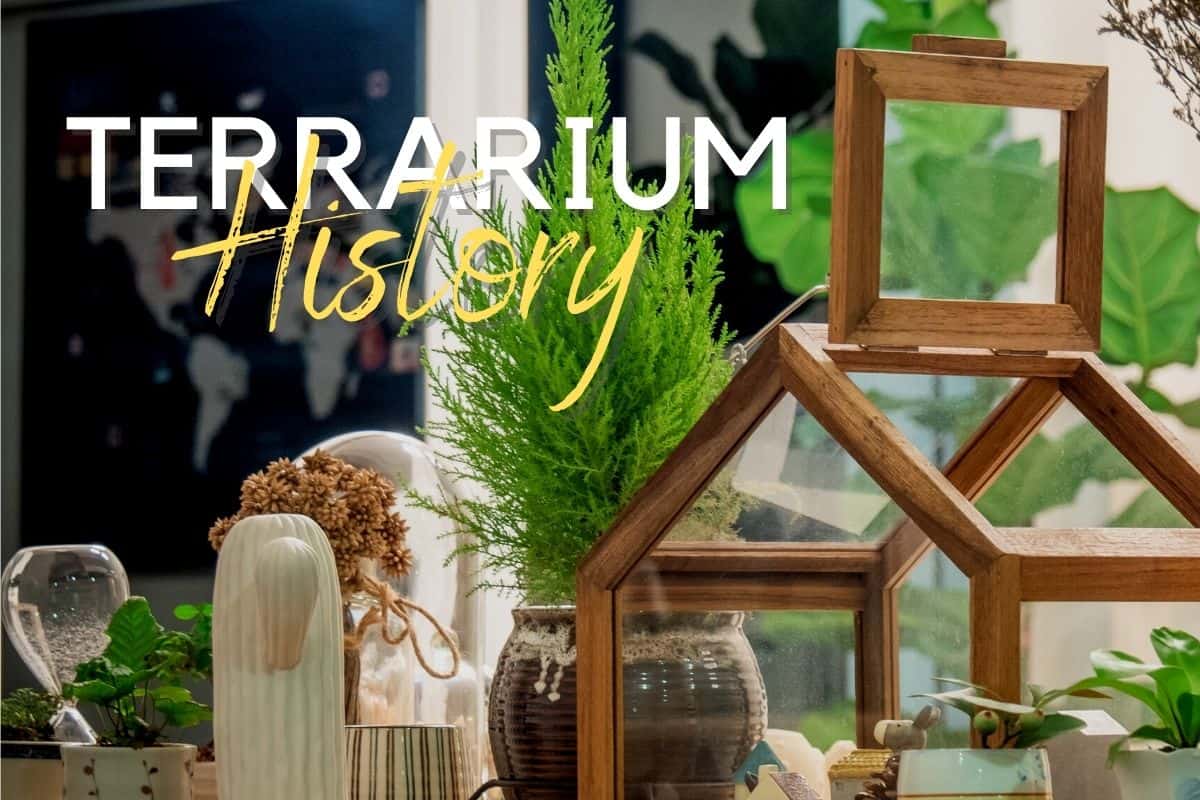
Terrarium Tribe is reader-supported. When you purchase through links on our site, we may earn an affiliate commission (at no further cost to you). 💜
The Wardian Case Terrarium – Invention
A Happy Botanical Accident
As with many scientific advances, the terrarium came about through an accidental discovery.
In 1829, physician and amateur botanist Nathaniel Bagshaw Ward was observing a moth chrysalis in a sealed glass bottle. Though the moth never emerged, he did notice a fern spore germinating in the soil (exciting).
Seeing the humidity inside the container’s atmosphere and the condensation on the glass dripping down to water the soil, he realized he’d created a miniature ecosystem.
And thus, the first terrarium was born! Though naturally, he named his new invention after himself: “the Wardian Case.”
The term “terrarium” came much later.
As detailed in his 1842 book, Of the Growth of Plants in Closely Glazed Cases, the Wardian Case was a revolutionary tool that would change the face of horticulture and the world forever.
Was it an Accident? The Untold Bit
Though the tale of Ward’s fluke observation is the accepted terrarium origin story we tell these days, in reality, it’s likely a little romanticized.
In truth, Europe’s “innovation” in the 19th century was massively hindered by the inability to transport live plants on long voyages across climates.
And while, yes, the Wardian Case officially came along and solved this issue (as I’ll go into more depth in a moment), they were certainly trying to figure it out.
While it was generally believed that fresh air was essential for plants, it’s unlikely it would have been long for someone else to invent it if he hadn’t.
In fact, they did.
A professor of civil law and amateur botanist, Allan Alexander Maconochie, invented something similar a decade prior.
(It seems like all rich white boys were amateur botanists back then – it certainly beats crypto).
It’s unknown why he didn’t publish his findings, maybe he didn’t understand the significance of his discovery? But he didn’t, so Ward gets the credit.
Maconochie shall forever be the unknown terrarium inventor demonstrating that if you do, in fact, snooze, you do, in fact, lose.
Terrariums in the World: Monopolies & Colonies
Driving Monopolies
Suddenly, transporting plants around the world had never been easier.
Sounds great initially; need to get an exotic plant from Peru to England for study? The Wardian Case has you covered.
But as we know, in the 19th century, science & agriculture and world domination were two sides of the same coin.
Just a few years after their invention, Wardian Cases were introduced to transport crops and plants across the newly colonized globe for profit.
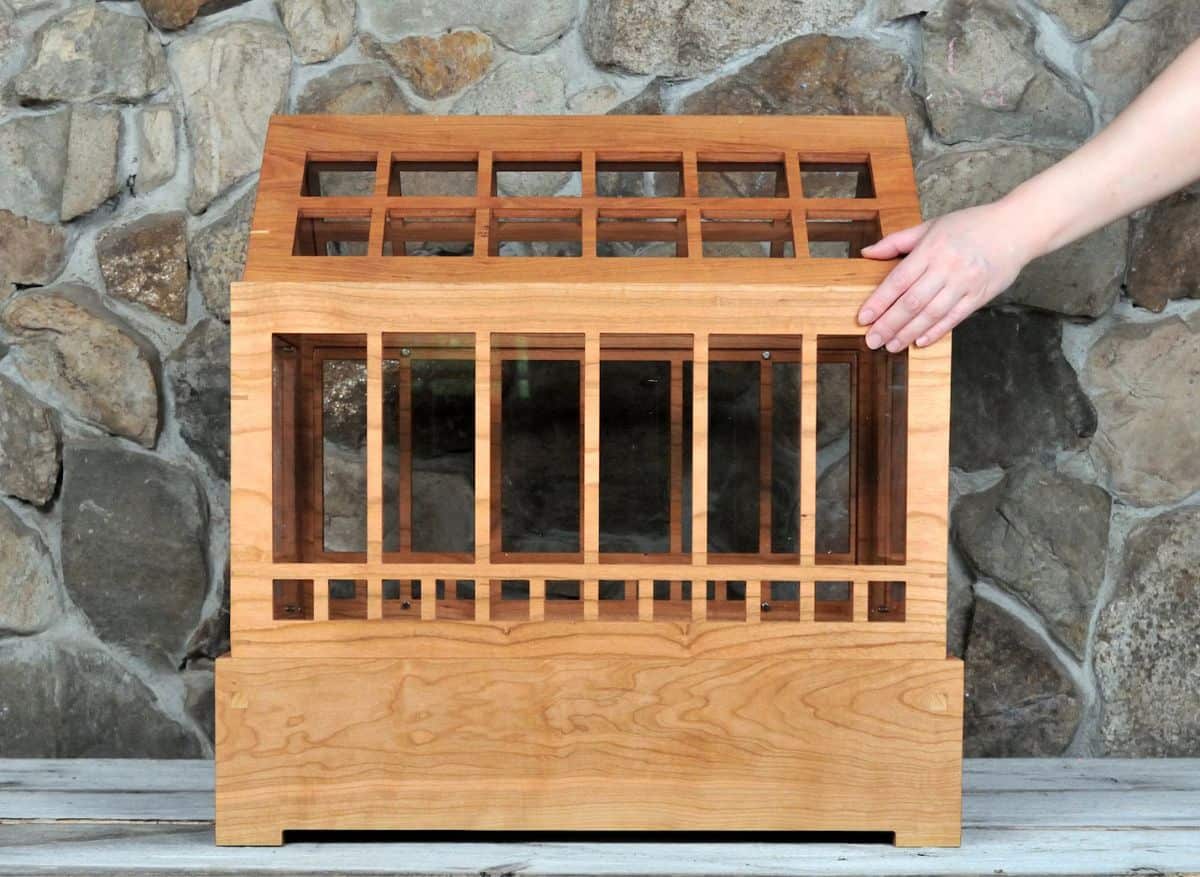
Move over China’s tea monopoly; Britain’s got the Indian tea trade now.
The impact of Wardian Cases really can’t be understated here. Where previously, 19 out of 20 plants had perished on a voyage, 19 out of 20 plants now survived. It drove agricultural industries like the world had never seen before.
Driving Colonization
It’s about to get a whole lot worse.
At this time, Europe was really struggling to colonize Africa.
Until now, they’d managed to take some key trading areas along the coast of West Africa (you don’t need me to tell you how horrific some of those “trades” were), but most of Central Africa remained untouched.

It remained unexplored because around 40% of Europeans who went to Africa perished from diseases (mostly malaria). Making the vast majority of the continent effectively a no-go zone.
In fact, it was literally known back then as “the white man’s grave.”
There was already a known solution to this, but it wasn’t until terrariums came around that they could fully utilize it.
In the 17th century, it was discovered that Cinchona trees, native to South America, held the key. (Of course, this knowledge had been known by native populations for a whole while longer).
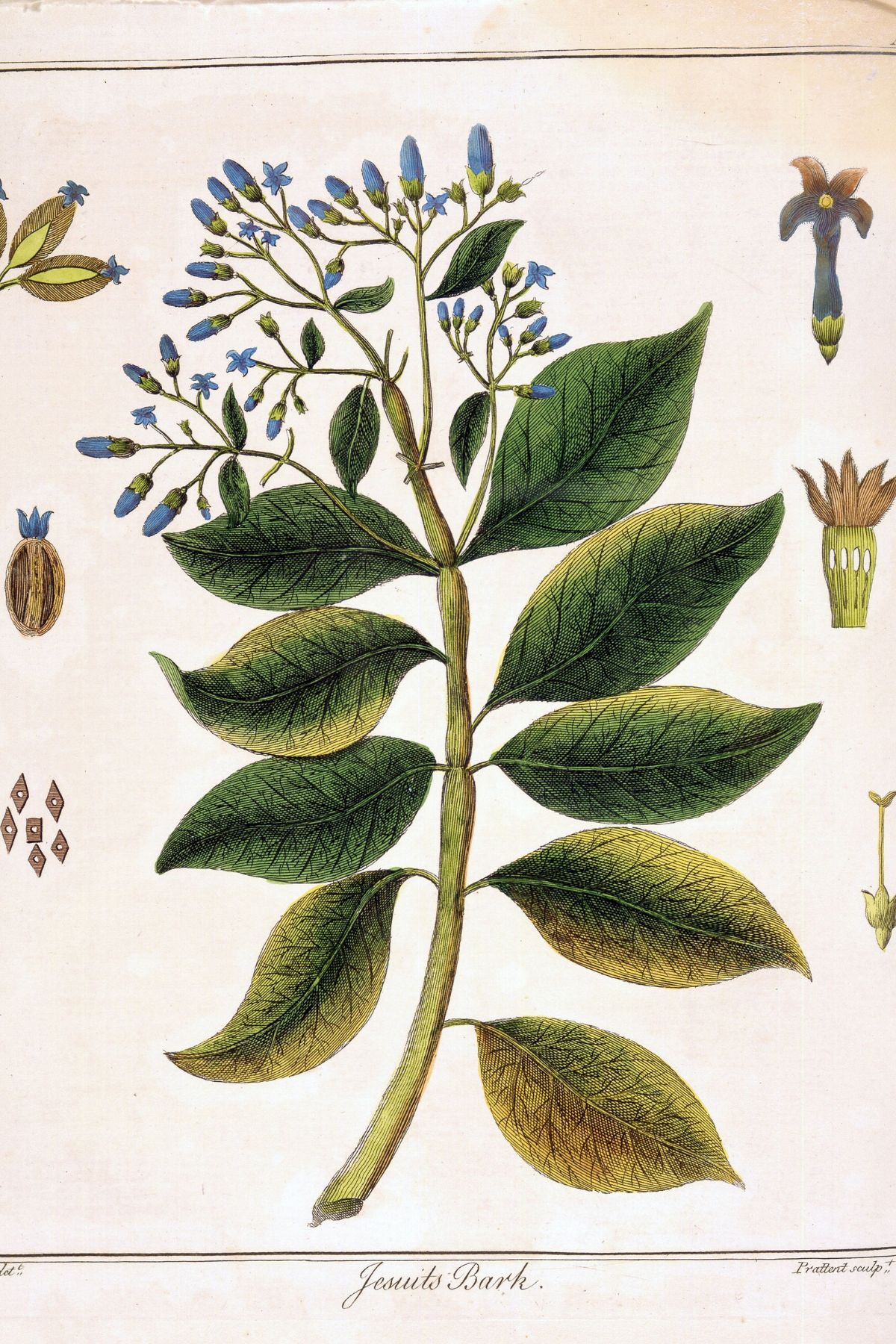
But, they could only ship out the bark, not the plants themselves, which even led to a Cinchona shortage.
When Wardian Cases came along, it allowed for the live shipment of the Cinchona plants and seedlings to India and Sri Lanka for mass production and mass quinine distillation.
And yes, if you were wondering, they paired their quinine tonic with gin to make it less bitter – it was the original G&T. Quinine is still found in tonic water today.
Then, armed with its steady supply of malaria medicine from their “fever tree” plantations, Europe went and stole the African continent.
The truth is that Wardian Cases made colonizing Africa possible and colonizing other continents much more profitable.
I got a lot of this information from this Youtube Video by the brilliant Johnny Harris, and I highly, highly recommend giving it a watch. It’s horrifying and fascinating.
Terrariums in the Home: A Cultural Revolution
Pteridomania & Orchidelirium
The houseplant hype may seem like a recent trend, but I assure you it’s not; if anything, we’re less houseplant crazy these days.
While terrariums were facilitating the expansion of the British Empire across the globe, back home in drizzly Britain, they had a very different purpose.
Like today, Wardian Cases allowed people to keep plants alive in colder climates (and polluted cities, which was very helpful during the Industrial Revolution).
They’d often be placed on windowsills to show off your exotic plant wealth and block out the smoggy London skyline.
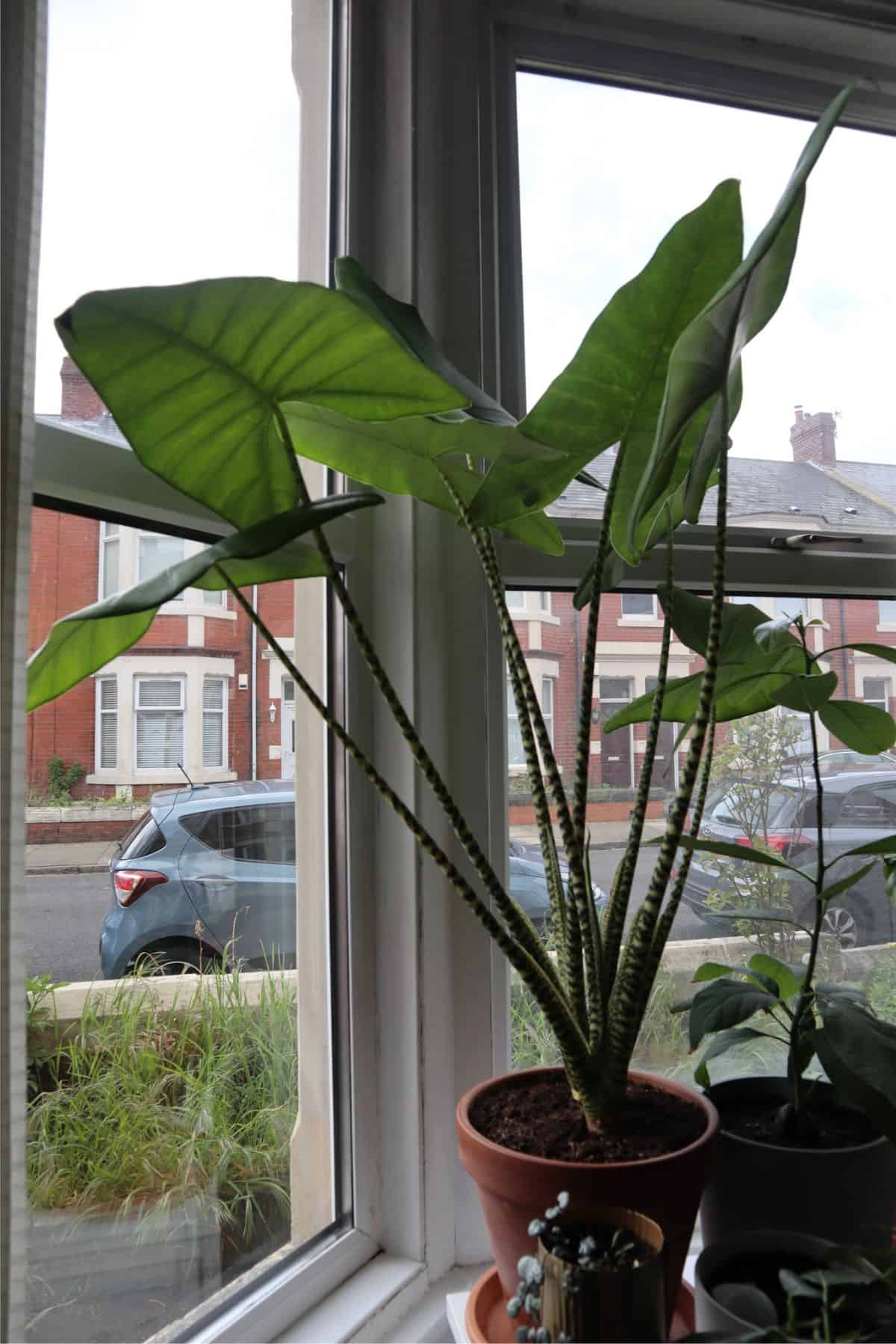
But it wasn’t a universal hobby. The OG plant people were Victorian upper-class women; they had nothing but time and money on their hands and weren’t allowed to do much with it.
Along with playing the pianoforte and embroidery, plant collecting was deemed a perfectly appropriate hobby for a young lady. It was one of the few that could get them out of the stifling patriarchal environment house.
Many ladies got very into it.
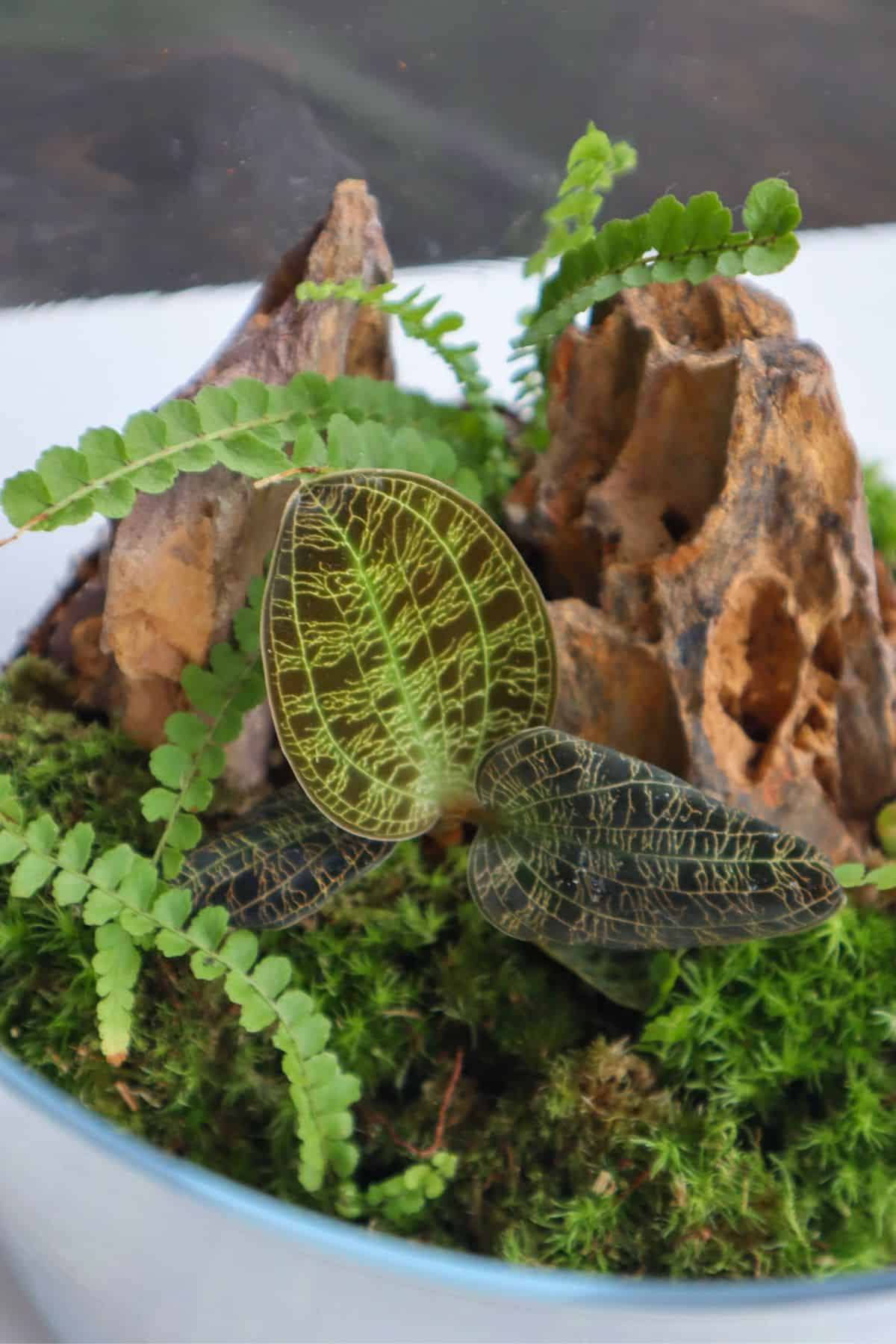
So much so that “Pteridomania” (fern fever) and “Orchidelirium” (orchid fever) were titles given to such ladies who came down with these obsessive conditions.
So, while Wardian Cases were a functional tool in the world, in British homes, they were simply a fashionable way to keep your posh plants happy.
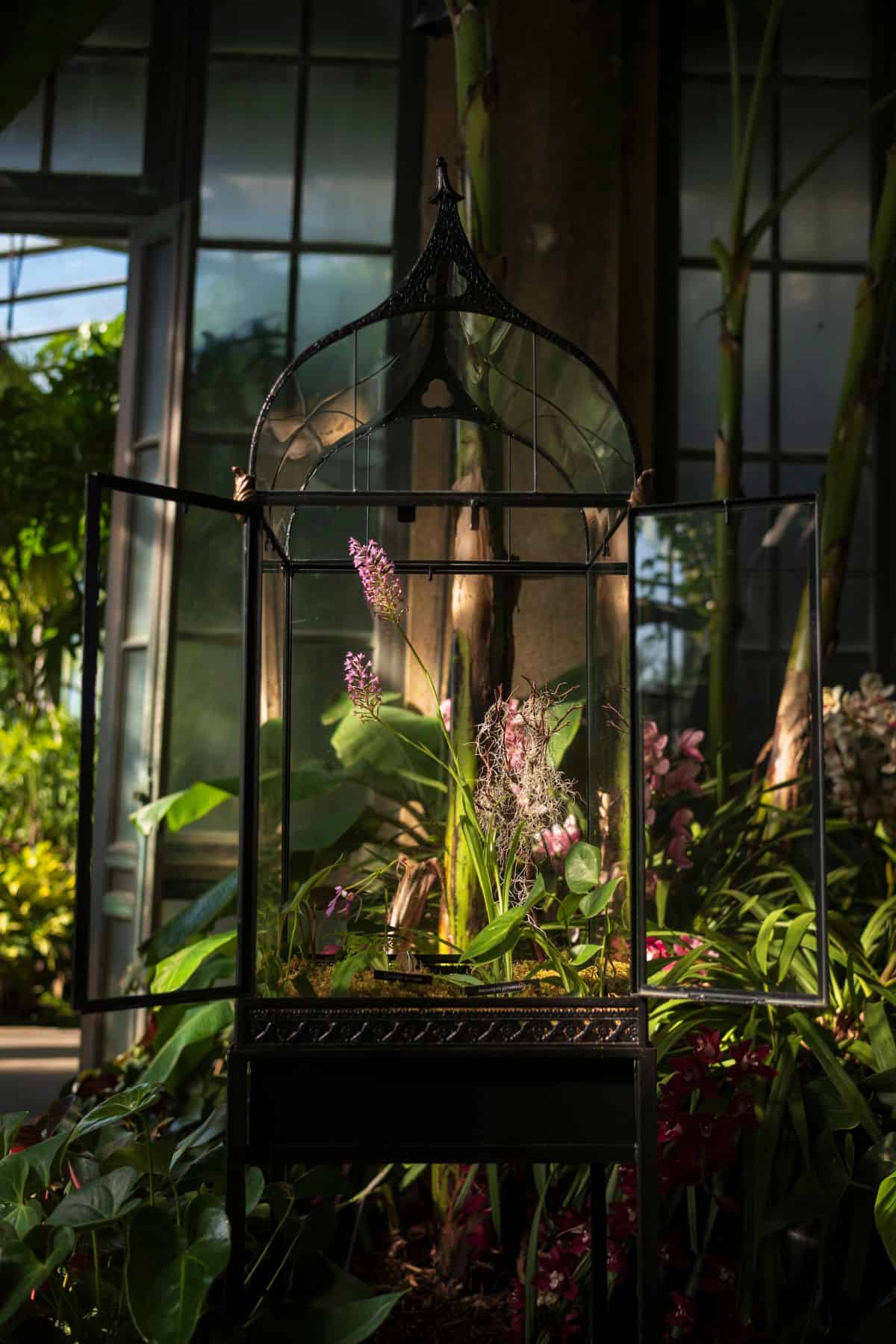
👉 Check out our picks of The Best Wardian Cases for some modern inspiration.
Flower Power & Bottle Gardens – Modern Terrarium History
Along with flower power and anti-establishment movements, terrariums boomed in the 1960s and 70s.
Most notably, it was “bottle gardens” that saw a huge increase in popularity.
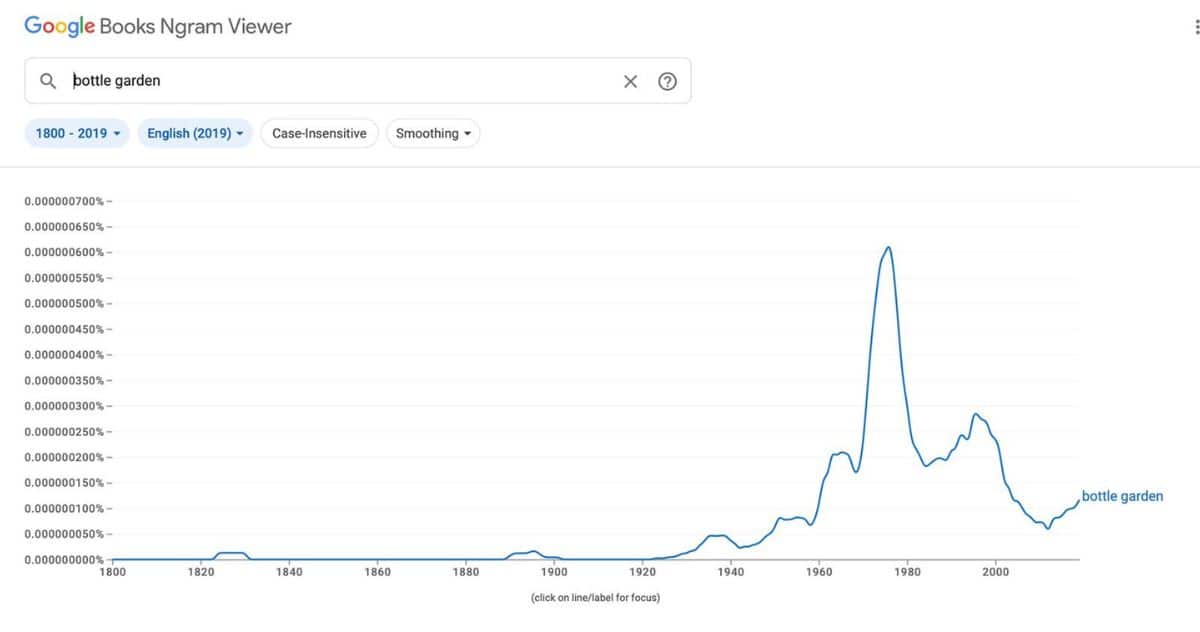
Big Demijohn bottles (like you may have seen with David Latimer – who made the highly publicized oldest terrarium) were all the rage.
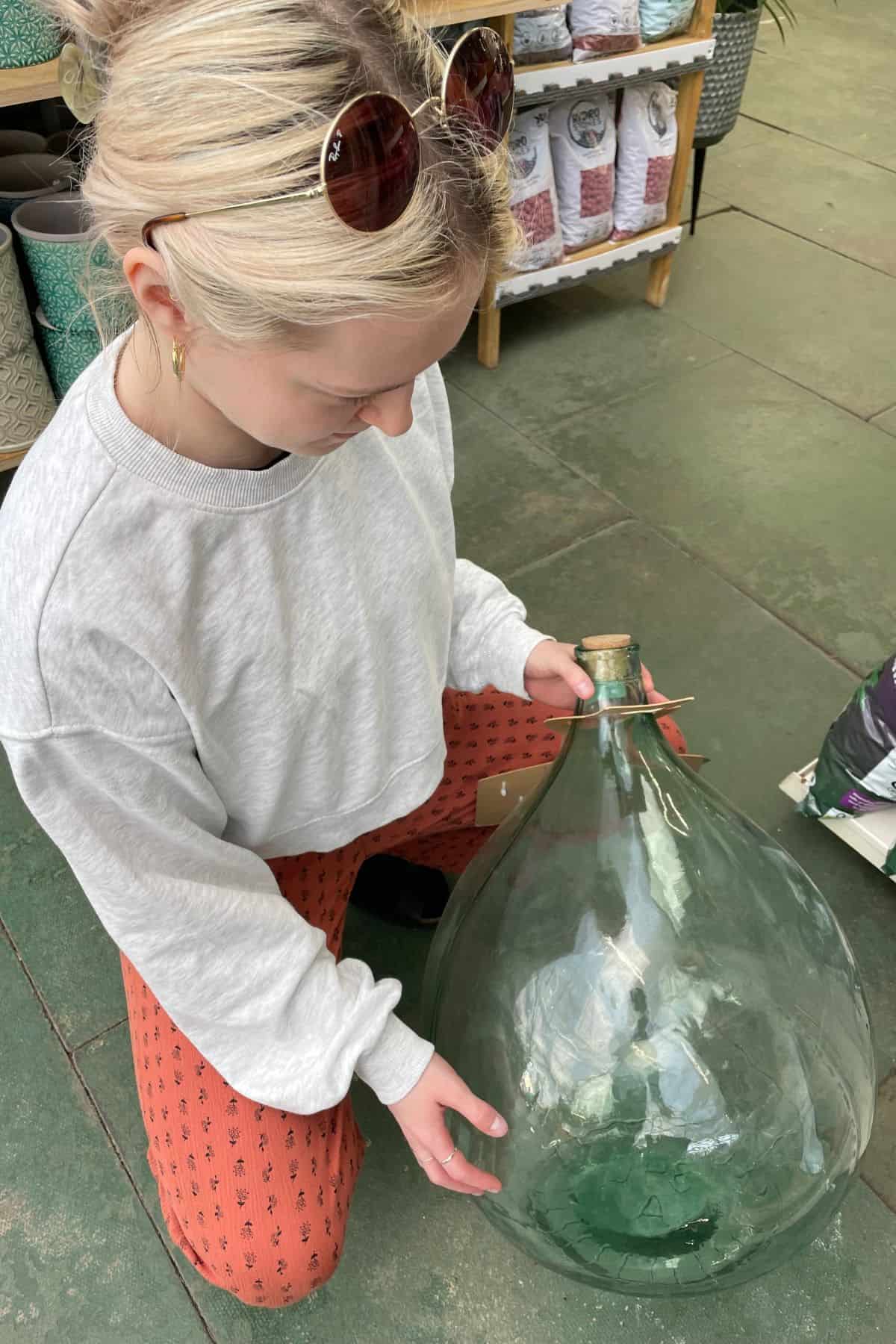
My Grandad even had one that was still kicking around when I was younger, and we occasionally get emails from people with still-living pieces.
And there were plenty of other funky retro styles, too.
👉 If you’re interested in all the 20th-century trends, see our post on vintage terrariums for more.
History Has Its Eyes on You*
*10 points for anyone who gets that iconic reference…
There you have it, a rather speedy run through the history of terrariums. From fever trees to Fern Fever, botany boys, to bottle gardens, tea, to gin and tonic.
It’s a historic story extremely significant not only to terrarium hobbyists but everyone.
What are you waiting for? Go build your own!
